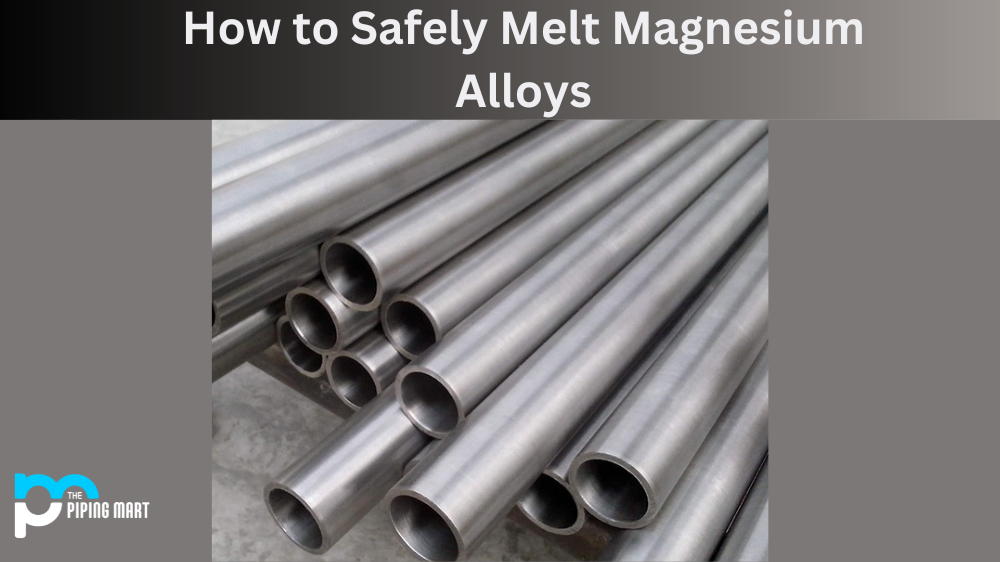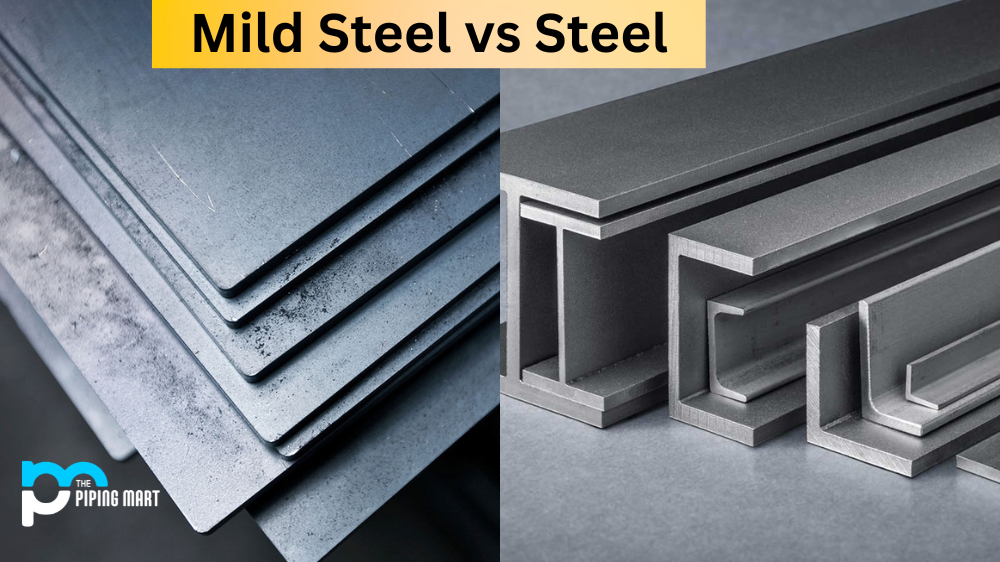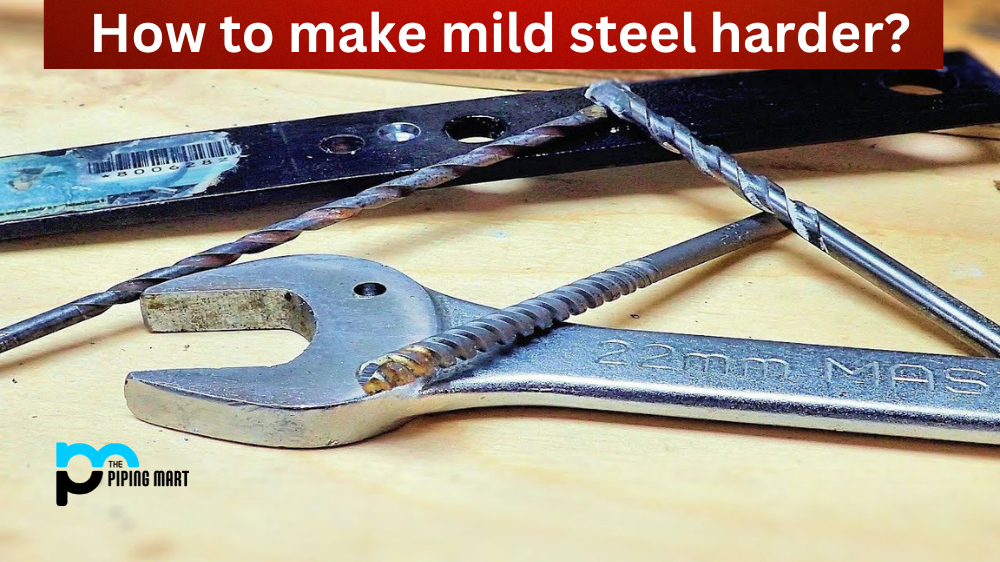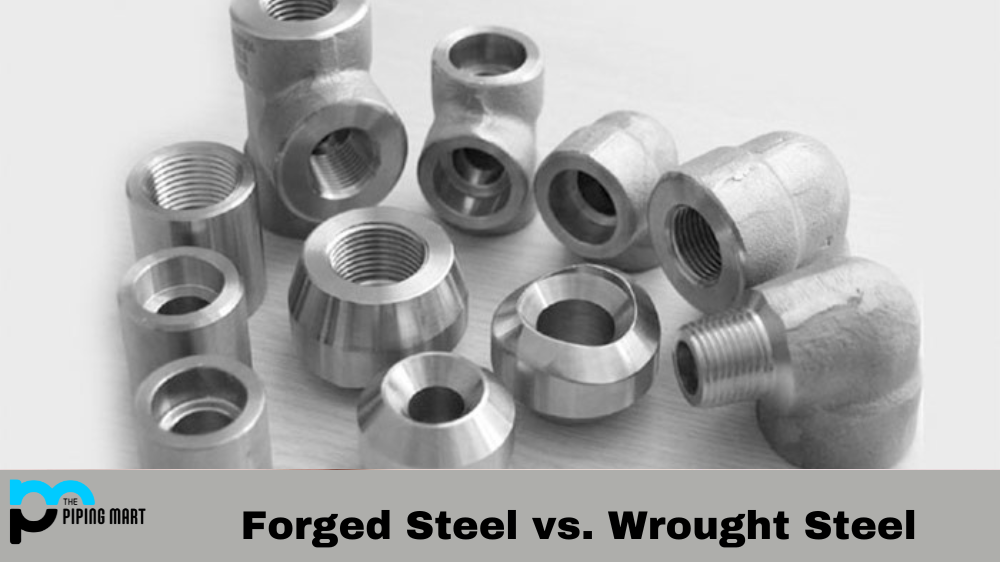Magnesium alloys are a common material used in a variety of industrial applications. They have excellent corrosion resistance properties, making them desirable for many metalworking projects. However, one of the most important aspects of working with magnesium alloys is knowing how to melt them down safely. This blog post will provide tips and best practices for safely and effectively melting magnesium alloys.
Set Up Your Space Properly
Before you begin melting your magnesium alloy, it’s important to ensure that you have a safe and suitable space to work in. Make sure the area is well-ventilated and free from any flammable materials or liquids that could ignite during the process. Additionally, wear appropriate safety gear such as gloves, safety glasses, and a face mask to protect yourself from dust or fumes from the melting process.
Choose an Appropriate Heat Source
When it comes to melting magnesium alloys, there are several options for heat sources available. The most common method is an electric arc furnace, which uses electricity to generate intense heat that can quickly melt the alloy into its liquid form. You can also use gas-fired furnaces or oxyacetylene torches as alternative sources of heat as well. Always follow safety protocols when using these tools, and only attempt to handle molten metals with proper training or experience.
Understand Reactions When Melting Magnesium Alloys
When melted down, magnesium alloys react with oxygen and other elements in the air, forming volatile compounds such as oxides and chlorides. Understanding these reactions is important so you can adequately manage them while melting your alloy. For example, proper ventilation is essential so that any potentially hazardous gases created by these reactions don’t build up in your workspace and cause harm. Additionally, you may need special equipment like fume hoods or scrubbers if you’re dealing with particularly reactive materials like aluminum alloys or zinc alloys.
Conclusion:
Melting magnesium alloys is an integral part of many metalworking projects, but it must be done correctly to succeed. By following these tips on setting up a safe space, choosing an appropriate heat source, and understanding potential reactions when melting magnesium alloys, you should be able to complete your project without any issues! Safety should always be your top priority when handling molten metals. Make sure you take the time necessary to understand how to handle this process before beginning your project!

Meet Bhavesh, a seasoned blogger with a wealth of knowledge and experience. From metal products manufacturing to retail, Bhavesh has a diverse background in various industries and is dedicated to sharing his insights and expertise with readers.




